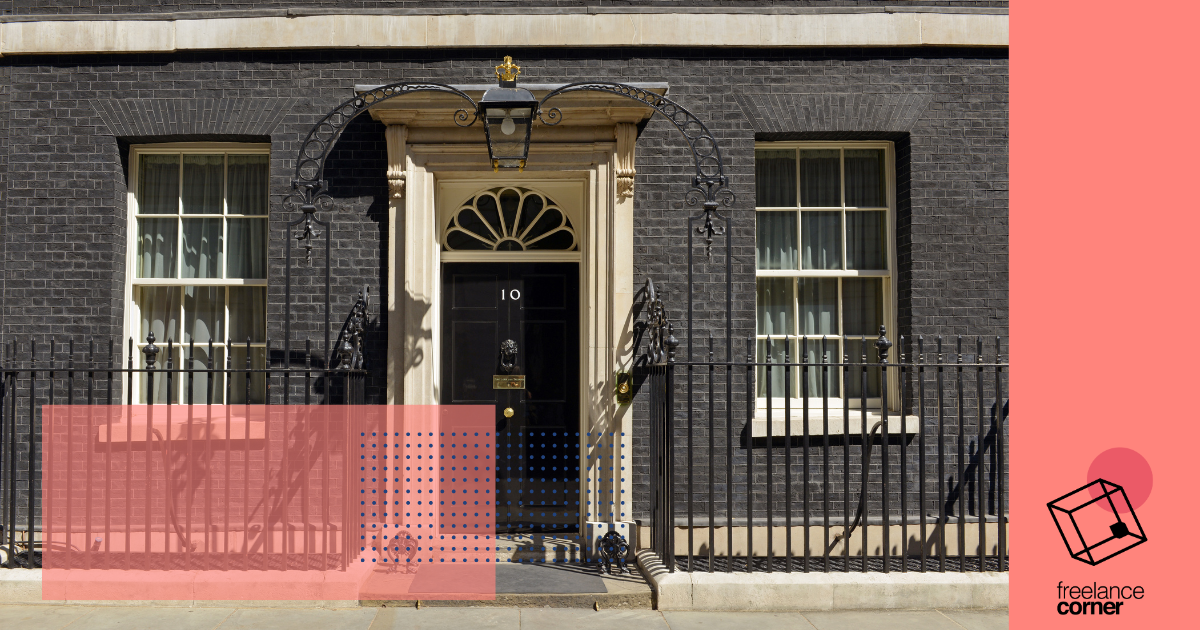Logitech are the world’s first to introduce a 4K Pro webcam with high-dynamic range (HDR).
They claim it is able to deliver the highest quality video experience yet that will revolutionise the lives of streamers, YouTubers or pretty much anyone who broadcasts themselves. We tested this revolutionary webcam and its features. Can the Logitech BRIO live up to the hype?
Firstly, taking centre stage is the Ultra HD 4K image sensor, which supports multiple resolutions. It starts off at 4K (ultra HD) at 30 frames per second (fps). It is 1080p (full HD) at 30 or 60 fps and finally, a not-so-shabby 720p (HD) at 30 or 60 fps.
Taking the BRIO out of the box, the first thing you notice is the beautiful yet bulky camera. Cased completely in plastic but with an aluminium finish, it comes in at 4” × 1” × 1” and a weight of 2.2oz.
The build quality is surprising: it feels robust, like it could take a few drops, which it inevitably will. This leads me on to the first downside of the BRIO; the stand. The camera shows off the technological expertise that went into the BRIO’s design and function, yet the stand feels like cheap plastic and slightly flimsy.
And on a few occasions, the BRIO did fall off my screen after a slight nudge of the table. However, included with the BRIO is a small privacy flap that attaches to the top of the camera and can be flipped down to cover the lens, which is a nice plus.
Using the BRIO was a breeze: simply plug the USB C cable into the back of the camera and then into any USB port on your device and you are away. The BRIO uses Logitech’s camera setting application to make adjustments to aspects such as brightness, contrast, zoom and panning. As standard, the BRIO has a 90-degree field of view, which can be reduced in the settings app.
The BRIO features RightLight 3 with HDR, which claims to deliver great image quality in all lighting conditions. The picture and sound quality are amazing too. The colours are incredibly accurate and detailed, even picking up wrinkles I wasn’t aware of.

Logitech BRIO webcam:
Using the BRIO was a breeze: simply plug the USB C cable into the back of the camera and then into any USB port on your device and you are away.
The RealLight 3 with HDR held out well when moving between the varying levels of natural light in the office and was able to quickly adjust when lights were turned on in a darkened room. It was a bit of let-down when in almost complete darkness. I found it nearly impossible to make myself out.
The BRIO’s sound quality is on a par with its picture quality. The sound recorded by the dual omnidirectional microphones was clear, echo-free and during a recording, was able to clearly pick up my voice over the general noise of the office background.
One thing to note is how limited 4K generally is. Although streaming at 4K to platforms such as YouTube is possible, a substantial bandwidth is needed, which unfortunately is not always readily available. Of course, there is always the ability to record in 4K locally, to be uploaded at a later date.
A 4K-ready screen would also be required to fully appreciate the stunning picture quality the BRIO has to offer. Unfortunately, I feel that currently, the BRIO cannot be used to its full potential.
Here’s the important question: how much does it cost? It’s £199. To most people, that is a steep price to pay for a webcam. The concept of remote working is rapidly growing so more and more meetings are taking place over conferencing software such as Skype and Zoom.
Nearly every laptop on the market today comes with a built-in webcam, but the inevitable drawback in the race to build a smaller, lighter, more aesthetic laptop is the webcam and its sound quality. The need for an externally connected webcam is a necessity in some cases, as nothing screams amateurishness more than a jumpy, pixelated picture and an inaudible voice.
Should you buy the Logitech BRIO 4K Pro webcam? Yes – not only will you get a top-end webcam, but you get a camera that is future-proofed for when 4K becomes more mainstream.






